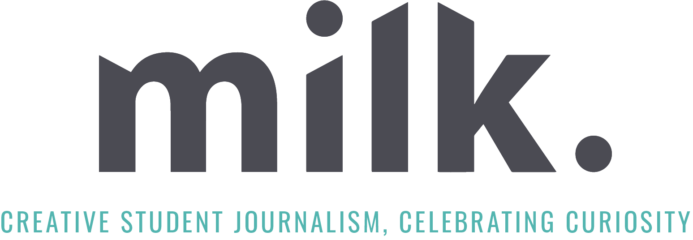
Henry Amalin is a photographer and designer based in Bath. Commissioning editor Sandra met with Henry earlier this year to discuss the history and influences behind his work.
It’s a warm afternoon. We order two lattes and take a seat outside the café. He gracefully pulls out his chair and makes himself comfortable whilst buttoning up a perfectly tailored double-breasted coat. The streets of Kingsmead Square begin to welcome in pedestrians passing through on their way to work. Picture-perfect scenery for any photographer. Before I know it, he’s lit up a cigarette and begun to talk.
Meet Henry Amalin.
Sandra: Can you remember the first time you’ve picked up a camera?
Henry: I’ve always had a camera with me ever since I can remember. I lived in a very small town in Wales and I remember hating the environment I was in. I couldn’t wait to move away. But I’d always venture out with my friends and take photographs of things that didn’t make sense at the time. Even today my photographs still don’t make sense to other people. But I don’t mind it at all.

S: Your work focuses on culture and mundanity of everyday life. Why is this something you feel so passionate about?
H: I’m an observant person. I always want to understand why people behave in a certain way. I guess that’s when culture comes in. I love people who explore their differences and chooses to embrace it.
S: Talk to me about your project ‘Vortex’.
H: Originally, it was just a university project, then all of the sudden it became something more serious. I’ve been an avid collector of magazines. I remember the first magazine I laid my eyes on was the 2003 February issue of i-D Magazine and Naomi Campbell was on the cover with a can of Campbell’s chicken noodle soup hair-piece-thing. Maybe it’s the image, maybe the colour, or maybe the uniform or the consistency of the magazine. I’ve always wanted to have something of my own, a collection almost.
My mother would always say to me, “if you can’t say it, write it” and that sentence has been one my guide when creating this magazine. Plus, I thought my photographs needed to be printed. I forgot how powerful prints can be. If it impacted me, I’m sure it’ll be the same for others.
S: When you’re lacking inspiration, what’s the first thing that you do?
H: I like to share my work through social media. It’s undeniably the best platform to expose your work because it’s important for me to receive feedback, whether it’d be positive or not. The downside to this is, well, social media. Meaning, you’re surrounded by creatives and artists everywhere. It’s not always easy to come up with a new idea or a project. We are so influenced by other people sometimes and social media is pretty much taking over the world. You find plenty of good ideas and you think ‘f*ck, I wish I came up with that’.
S: Do you ever feel restricted when it comes to your work?
H: I used to feel conscious about publishing my work because I was afraid that people would not understand or simply judge my work for the sake of judging. But this was when I was in the process of getting to fully know myself as a person and the things I stand for. It definitely took me some time to find that, but I am beginning to develop this new layer of skin and it’s called ‘not giving a damn.’ I don’t care if someone doesn’t like my work. And I’m most certainly not afraid of bad feedbacks, but of course, their opinions don’t count unless they provide a constructive criticism.
I publish whatever I feel needs to be published and if I don’t, that is because I’m not 100% happy with the work. Everything begins with yourself. Every criticism, every praise begins with you. It’s important to take time with your work. Don’t put out anything that is half-done because people see through that. Some people focus so much on the value, when it’s the impact that moves the world.
 S: What about the importance of aesthetic, your own style and perspective?
S: What about the importance of aesthetic, your own style and perspective?
H: People imitate without even realising they’re imitating. That’s just the way the world works. Balenciaga is telling us that their overpriced worn-out-looking multicolored trainers are the new thing, therefore you have to have it. I understand why people follow trends, it’s a form of guidance or a way to fit in. I mean, I follow trends now and again, but I always morph into my own. It’s important to get to know your own aesthetic, find what works and what doesn’t and mix them together. Rarity is expensive after all.
S: What do you portray as the biggest struggle when it comes to being a young artist?
H: Not being understood. When people tell you that what you’re doing is not a real profession, when they spend all day in their offices conforming their expressions, whilst living in a constant fear of being financially stable. I work as a receptionist full-time, whilst making time to create. I’ve learnt how to surrender to the process and I am grateful enough that I am able to express myself freely.
S: What’s next? Have you got any exciting projects coming up?
H: I want to continue what I’ve started, which is the Vortex magazine. I plan to make the content stronger and I want to make sure that the visuals come first. Apart from that, I want to keep on creating. My success depends on me. Not what another person views as successful.
Visit Henry’s website and follow him on Instagram to keep up with his growing portfolio of work.
Photography credit: © Henry Amalin












